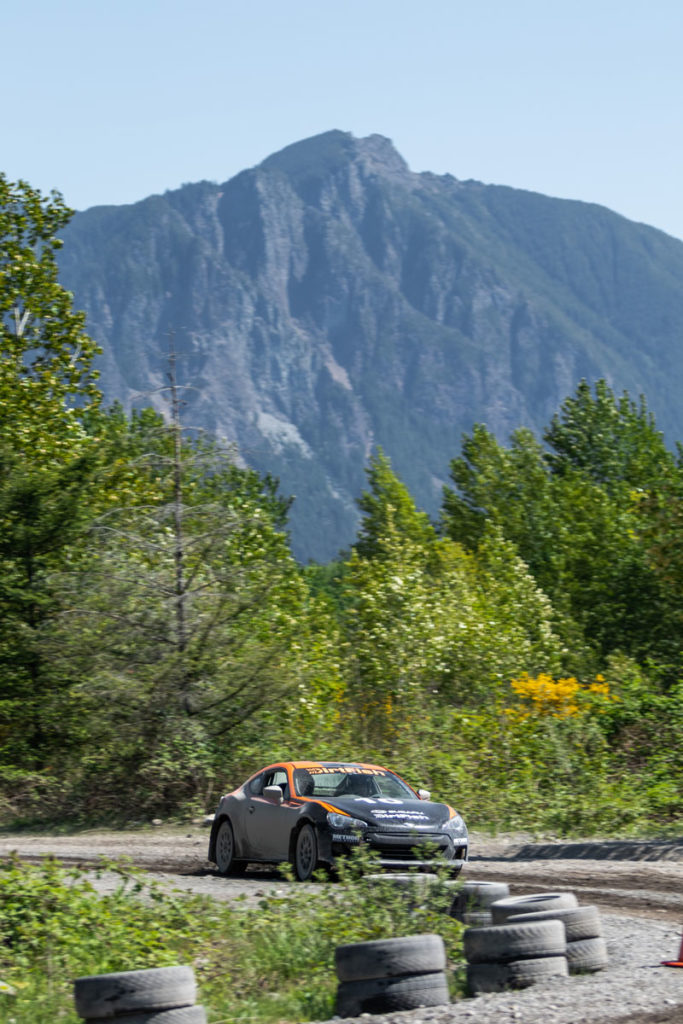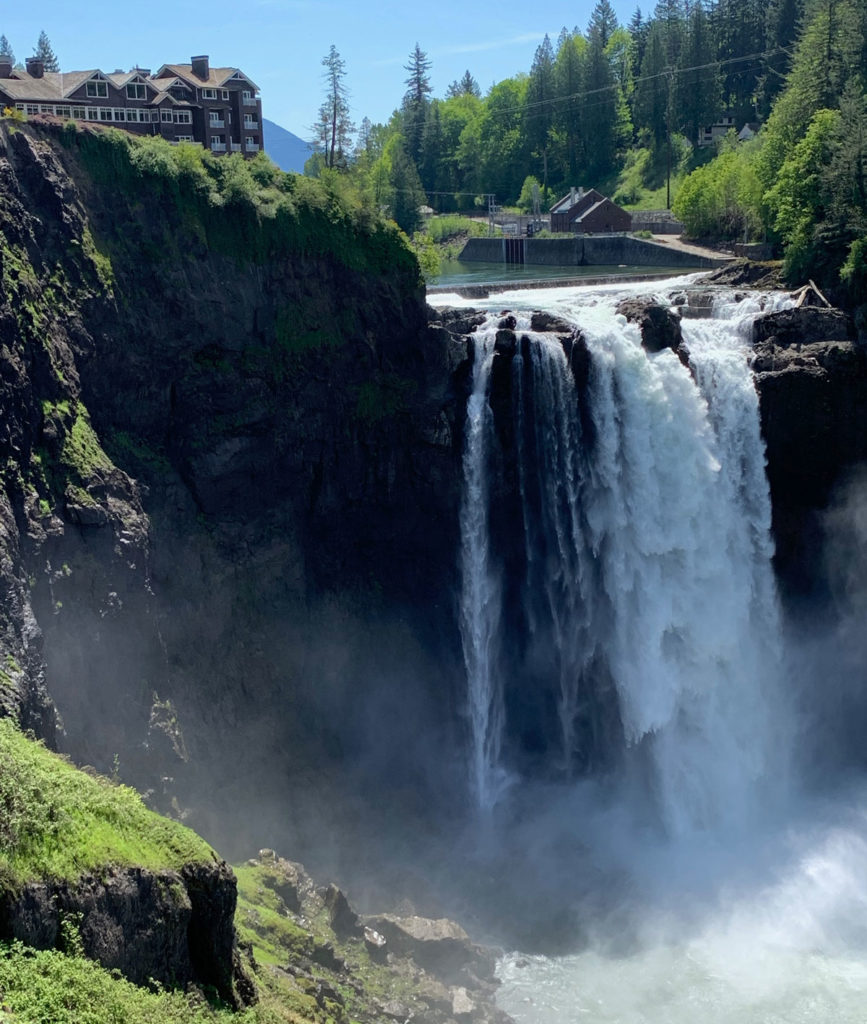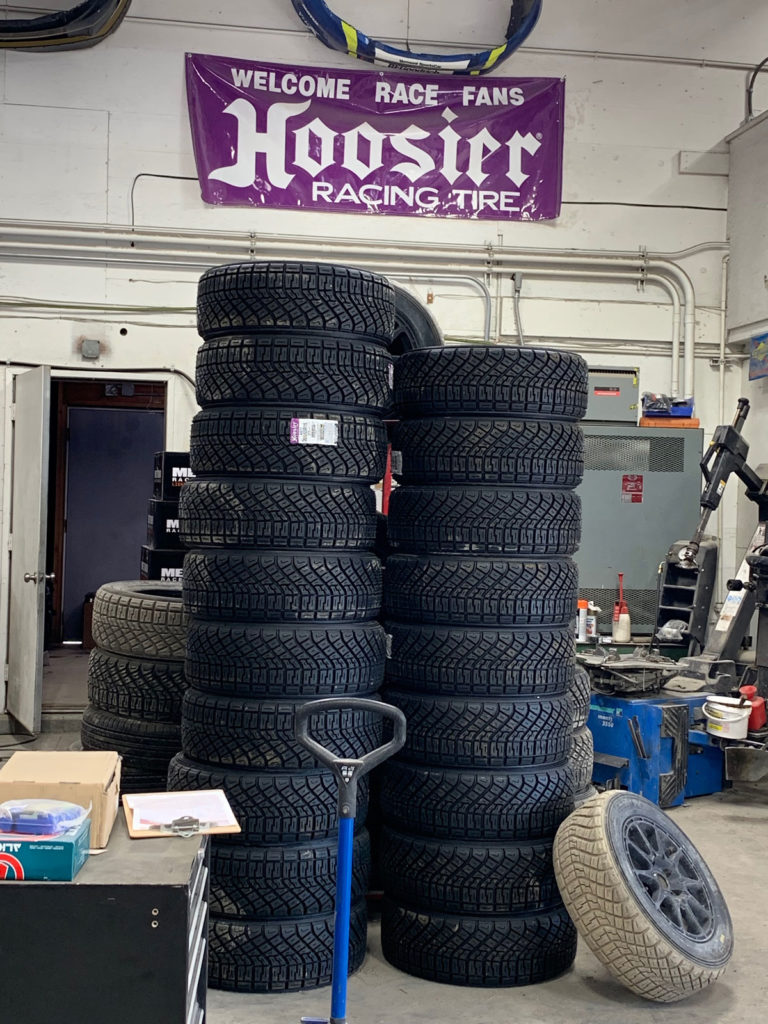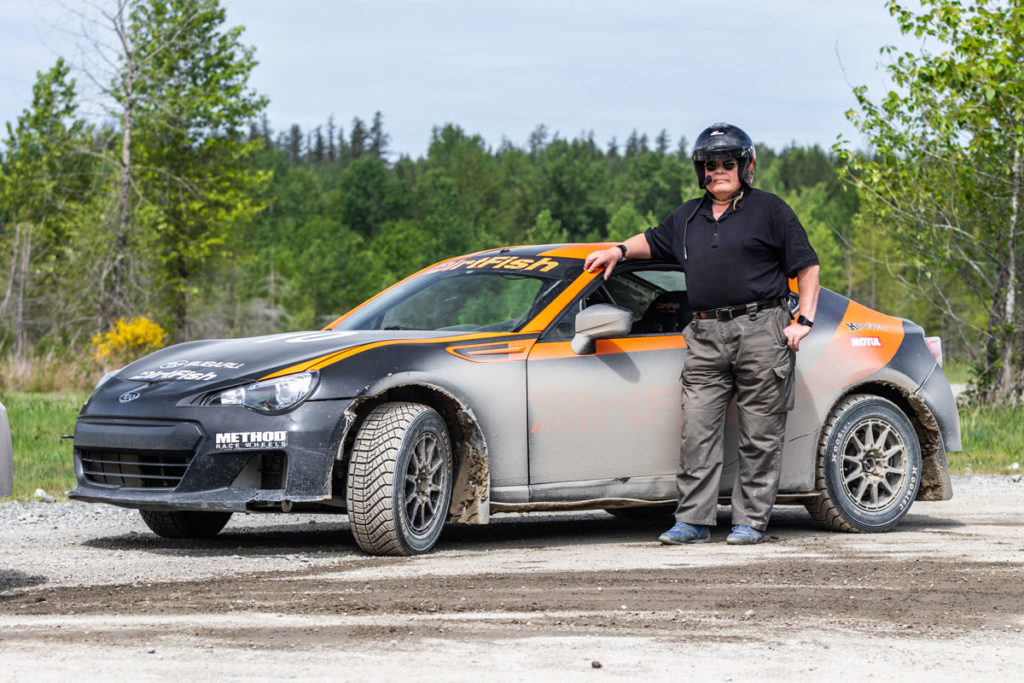My first driving experience on dirt involved an eighteen-year old Chevy pickup on the family farm. We called it a field car because the fields and dirt lanes were the only places we were allowed to drive it. It ingrained in me that cars were not just transportation; they were fun.
Later on, I had more fun on dirt roads and tank trails in M38 and M151 Jeeps courtesy of the U.S. Army, but I really didn’t know what I was doing; I was probably lucky to survive those antics. Mostly I had fun on paved surfaces, first in British sports cars and later, starting with my ’76 2002, in BMWs. But I knew that my driving education was incomplete, especially when I watched stage rallies on television.
The BMW Car Club of America is all about people having fun with their cars and enjoying the company of like-minded Bimmerphiles. I have done motorcycles, sailboats, and airplanes, but I have had more fun and made more friends driving BMWs than anything else. In the BMW CCA, we have fun with time-speed-distance rallies, high-performance driving schools, car-control clinics, autocrosses, and tours, but we do not do stage rallies—and for good reason. Stage rallying involves driving sections of closed roads—often dirt or gravel—as fast as possible. Speeds can be insane, and the potential for damage is high.
As much fun as BMWs are to drive, you don’t find that many in stage rallies. You do see a lot of Subarus, however. My personal preference for performance cars is rear-wheel drive, and up until a few weeks ago, I didn’t even know Subaru made a rear-wheel-drive car. But they do: the BRZ, a sporty rear-drive coupe in which you can have serious fun.
If—and that’s a big if—you drive it in the right place.
That’s where Dirtfish comes in. First of all, don’t bother with an Internet search; there is no such fish as a dirtfish. But I don’t care; it’s a damn cool name.

The scenery was gorgeous—when we had time to look at it.
Since 2010, the Dirtfish Rally School has provided expert instruction in rear-wheel drive and all-wheel drive rally cars for people who want to learn better car control up to and including stage rally driving.
My journey to Dirtfish started, as do most good things in my life, with my wife, Betty. She was researching resort hotels and came across the Salish Lodge next to Snoqualmie Falls in Washington. It is a very nice hotel a half-hour east of Seattle, recently renovated, and sitting atop a huge cliff overlooking a 268-foot waterfall. If that sounds like the hotel featured in the Twin Peaks television show, it’s because it is the same hotel, only nicer now.

The Salish Lodge—or the Great Northern Hotel, for Twin Peaks fans.
Betty secured a great rate for the week of our anniversary, then started looking for things to do in the area. Less than five minutes from the hotel she found something called the Dirtfish Rally School. I checked it out and told her they taught rally driving, and she told me I had to go.
Honestly, it was her idea—and I was not about to argue with such a wise person.
If you want to learn performance driving on pavement, there is nothing better than the driving schools hosted by BMW CCA chapters. But to learn performance driving on dirt and gravel, such as the skills needed for stage rallying, the choices are more limited, and one of them is Dirtfish. Its 340-acre complex has lots of dirt, lots of gravel, a bit of tarmac, and enough trees to make it really interesting. For you Twin Peaks fans, it also doubled as the sheriff’s office in the TV show, and parked outside is the Twin Peak Sheriff’s Ford Bronco, which we didn’t get to drive.

The Dirtfish Rally School, aka the Twin Peaks Sheriff’s Office.
The first thing we were told at Dirtfish was to forget most of what we knew about track driving—except the principles of weight transfer and keeping our vision up and looking ahead on the course—easier said than done with the unfamiliar rush of sensory input happening right in front of your car.
Setting up turns was different. When and where to change gears was different. The lines emphasized very-late apexing, and hanging the tail out on purpose was not something to be avoided at all costs.

Probably the biggest transition involved left-foot braking, which was required on almost every turn. ABS on the BRZs was turned off, and the brake booster was removed, so there were no power brakes. It took some time before stepping on the brake felt like something other than stepping on a brick, but eventually we learned to modulate the brakes. Using the left foot for shifting and braking felt extraordinarily unnatural, but it was required.
We practiced low-, medium-, and higher-speed turns, trail-braking, (which is not exactly the same thing as trail-braking on a track) pendulum turns, slaloms, and linked turns. The exercises were marked by orange cones and plastic stakes that represented trees, and grew increasingly longer and more complex as the school progressed. Everything was designed to gradually give us the skills needed to successfully navigate the longer tree-lined courses. While many of us committed cone-icide during the exercises, all of the ten students in our class managed to avoid contact with the real trees that defined much of the courses on Day Three.
The beating the Subarus took was impressive. This was due to the preparation that the Dirtfish mechanics applied to every car, including the rally suspensions and underbody protection. The BRZs were not invulnerable, however; a rear axle snapped on one car, but a spare car was inserted into the rotation, so we lost no time. Any problems with the cars were repaired overnight so that they were back on the line in the morning.

Dirtfish doesn’t skimp on rally tires; we always had enough good rubber.
Where track driving demands precision and repeatability lap after lap, rally driving requires continuously adapting to road surfaces and conditions that constantly change. At Dirtfish, the car in front changes the road for the next car, and so on down the line, so developing the ability to see, sense, and react with the controls is paramount. And loads of fun, by the way.
You can get a good idea of what driving a Subaru BRZ at Dirtfish is like in this YouTube video, but be advised, the instructor makes it look easier than it really is.
With its rally driving and Subarus, it seemed like there was no BMW connection during my three-day school, but that’s not exactly true. One of the excellent senior instructors was Michelle Miller, a three-time SCCA Solo 2 national champion, stage-rally winner, and instructor for many BMW CCA and PCA driving schools. In fact, Michelle is a past president of the BMW CCA’s Puget Sound chapter, and proves that BMW enthusiasts can succeed in areas of motorsport not normally associated with our favorite marque.
The Dirtfish Rally School was smooth and professional, and both challenging and satisfying. I may never drive a stage rally, but I believe that what I learned at Dirtfish could help me with both street and track driving under the right conditions. My only disappointment with the school came on the fourth day, when I awoke at the Salish Lodge and realized that I couldn’t go back to Dirtfish and drive once more.
But they do have an advanced three-day course for which I am now eligible, and Betty had a great time at the Salish, so a return trip is definitely possible. One serving of dirtfish is clearly not enough.—Scott Blazey

The car was clean when I got it.





















